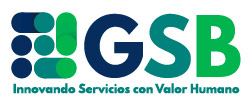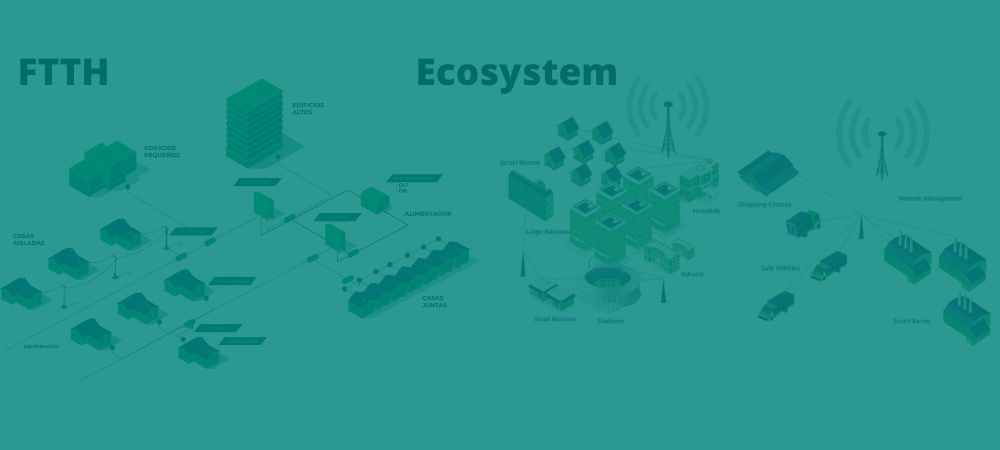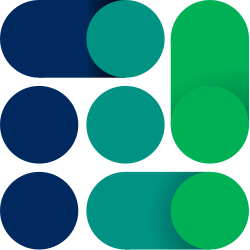Kanban is a method based on the use of visual dashboards to manage workflows, which emerged at Toyota in the late 1940s.
Agile incorporates within its practices several frameworks, where the most used are Scrum and Kanban, which in any case focus on the same agile principles: maximize value delivery, minimize lead times, be as smooth and predictable as possible, inspect, adapt and continuously improve.
They differ in the way requests are managed and in the frequency of deliveries, where in Scrum deliveries are every 2 weeks and in Kanban the delivery flow is continuous.
Kanban practices include: visualizing work, limiting work in progress (wip), managing flow to make it more efficient, making process policies explicit, improving collaboration, self-management and autonomy, implementing feedback loops, incorporating measurements and developing continuous improvement habits.
As we read in the Atlassian Blog:
As in Scrum, Kanban proposes roles such as request manager and service delivery manager, periodic meetings such as dailies and retrospectives, metrics and other practices such as establishing explicit policies where the team agrees and commits to meet the Wip value, DoR and DoD criteria, hold their periodic meetings, perform certain measurements, etc.


Read more in the condensed guide to essential kanban
María Esther Remedios
@soy.agile.coach




